Rockhounding - A Beginner's Guide
Searching for rocks and minerals can be an extremely gratifying pastime with many benefits such as: enjoying all that Mother Nature has to offer in her great outdoor arena, (including rain, mud, and creatures); healthy treks through various terrains, (both above and underground); quality time either alone or with family or friends; and re-experiencing the simple joy of discovering something 'special' ~ be it an amazing 'find' or a simple treasure.
Note: Article originally posted in 2010. Be sure to research current rules and regulations.
Note: Article originally posted in 2010. Be sure to research current rules and regulations.

There are many different categories for a rockhound. Some folks are into the very broad field of minerals, and focus solely on finding the perfect specimen for their collection, (my personal obsession is wulfenite). Fossils are fascinating and can be found all over the world, (in one form or another). The connection to the Earths past, that one feels when they find or hold a fossil, can become a rockhound's favorite reason to hunt them. As children we are all drawn to shiny things; some folks retain that passion and collect nothing but crystals! The lapidary rockhound is always hunting for cutting rough, to grind, cut, carve and form into new items of beauty. There are as many different 'types' of rockhounds as there are rocks. Walking through your own backyard and picking up a shiny stone that you search to identify is a 'rockhound' experience!
To begin, there are several things you need to know. First of all is safety. Always carry a well-stocked first aid kit, bug spray, a pocket knife, waterproof matches, plenty of water to drink, energy bars and a bandana or two, (I have no idea how many ways I have used a bandana while in the field). These days, a cell phone is about indispensable, but may not always work in remote areas. Be sure to tell someone where you are going and when to expect you back. If you will be in a remote area, leave a note in your vehicle saying where you are and when you should be returning. Be aware of your surroundings, will you need sunscreen or a hat too? Never go alone!!
The equipment you will need depends on where you are going and what you are collecting. Sometimes a couple of five gallon buckets are all you need, one to carry your supplies and equipment and the other to haul your booty. Other times, a pack basket or stout backpack will do. In addition to the items listed above, the equipment I carry may include: an Estwing medium weight hammer, a short handled 2-pound sledge, two chisels, a jeweler's loupe, a pick-axe, plastic spray bottle of water, (yes, I have been known to lick rocks but this is a safer way to see the 'real' color of a rock), a 35 foot length of nylon rope, a potato rake or a small hand-held garden rake, leather gloves, a couple of small plastic bottles, (for tiny finds), and a partial roll of paper towels, (to wrap delicates in). Sometimes I carry a rock and minerals field guidebook and my camera as well. I know this seems like a lot of stuff to carry, but as I said before, what you need to carry depends on what you are searching for and where you are going to search for it!


One of my past excursions was with Ed Davis, (previous owner of The Purple Passion Mine), who had asked what level of rockhound I thought my husband and I were, with the number 1 meaning 'open the car door, reach out and pick it up', and the number 10 being serious, hard rock mining. I told him we were probably around an 8. Well after spending 12 plus hours together, that included hauling a gas power generator miles through the desert and into a tunnel, exploring four different locations, and then spent four hours digging out an amethyst chunk, (that BTW included some awesome amethyst phantom crystals), Ed said we were definitely number 13 = Serious Hard Core. (Please remember that I have been raised in this hobby and have more than 35 years of experience!)


You will also need a good rock and minerals field guidebook that will help you identify what you find. I like the Golden Guide to Rocks & Minerals, which is a small paperback I often throw into my pack. For home use, I recommend, 'Peterson First Guide to Rocks and Minerals', by Frederick H. Pough. This book will get you started and as you advance, you will discover your personal favorites among the many resources available today.
You can begin basic Rockhounding on your next trip to the beach or walk in the woods. Pick up any rock that looks interesting. When you take it home and begin looking through a book or two to identify it, you will begin reading and learning about all of the wonderful materials that are beneath our feet.
The next step will be deciding how you want to label and display your treasures. A small collection can easily find a nice home in a bookcase, with each specimen labeled with its' name and the location where it was found, maybe even the date. After collecting a lot of material, your may wish to progress into lapidary work by purchasing a good tumbler, followed by a small saw, then a flat lap, cabbing machine, grinders, faceting machine. . . and soon your hobby takes over the back kitchen, or the basement or the garage; rocks begin to pile up both inside and outside of your house, and one day you realize ~ you are a rockhound!
Rockhounding can be a wonderful 'family adventure' with something for everyone! Small children like crystals, teens love fossils and adults can either choose a specific area of interest or just collect everything, (like me). An easy way to get your family involved is to take them to a paid location such as a gem sluice. Yes, some of the buckets you may choose to buy have been 'salted' with materials from around the world, but finding colorful pieces of quartz, crystals and other colorful rocks is even fun for me! The friendly folks at these locations will be happy to tell you what you have found after washing away the dirt. (Sometimes I go and let my daughter sluice a 'rainbow' bucket because I find some great pieces of facet-grade rough!)


To plan your own rockhound excursions, I recommend that you pick up a 'Gem Trails' book, written for your region of the country. These books are wonderfully complete, listing not only what you can expect to find, but many also include the equipment you may need, road conditions, hiking requirements, and pictures! The authors have also written about their personal experiences at most locations and tell you what you may expect. Due to the fact that land often changes hands, please read all of the warnings in the books as well, because new landowners may not want people to trespass!
This brings me to the part where I need to tell you about rules. Legal rules and Moral rules. Let's begin with Legal rules and laws. Of course, you should always check with the owners of private property to receive permission to dig on their land. You also need to know if a miner's claim has been filed, which gives all of the mineral rights to the person who has registered such a claim. A visit to your local county clerk's office and a call to your state's Bureau of Land Management, (BLM), office will give you all of the information you may need. Use common sense. If an area is posted "No Trespassing", that means stay out!
You also need to know where and what you cannot hunt. It is against the federal law to remove rocks, fossils, artifacts, minerals etc. from any and all United States Parks Service properties, including parks, Monuments and Wilderness areas! For full details please check out these government websites:
United States National Park Service
https://www.nps.gov/
U. S. National Parks Geology
https://www.nature.nps.gov/geology/
U. S. National Parks Paleontology
https://www.nature.nps.gov/geology/paleontology/
Bureau of Land Management
https://www.blm.gov
U. S. D. A. National Forests
https://www.fs.fed.us/
U. S. D. A. National
https://www.fs.fed.us/grasslands/
United States National Park Service
https://www.nps.gov/
U. S. National Parks Geology
https://www.nature.nps.gov/geology/
U. S. National Parks Paleontology
https://www.nature.nps.gov/geology/paleontology/
Bureau of Land Management
https://www.blm.gov
U. S. D. A. National Forests
https://www.fs.fed.us/
U. S. D. A. National
https://www.fs.fed.us/grasslands/
There are also specific rules for collecting petrified wood. For personal use, you may collect up to 25 pounds per day, plus one additional piece, but no more than 250 pounds in a year.
Hunting for fossils also has its limitations, as you cannot collect any type of vertebrae fossil without a written permit from the BLM, however there are many, very cool, fossil specimens of non-vertebrae life forms that you can keep! The best advice is to check the rules before planning a serious excursion.
Now for my personal favorites, the 'moral' rules.
• Always fill any holes you dig back in and tamp down, especially those dug under and around tree roots. (While you're at it, fill any holes left by folks who came before you too!) This can help to prevent damage to both your and other people's lower extremities, as well as to any animals who live there.
• Do not leave your non-organic trash. If you carried it in, carry it out, along with any left behind by less conscious people.
• Do not purposely cut, scar and or damage trees! One can always find dry wood around if a small fire is needed, or a hiking staff.
• If a fire is desired on a cold day or a long dig, build a small fire ring away from any shrubs or trees and be very sure to put out every ember and then cover the fire area with dirt when you are finished.
• If needed, dig a small latrine and fill it in before you leave!
• Do not harass local creatures ~ they were there first.
• Do not allow children to run amuck!
• At the end of the day, gather all of your finds and carefully sort through them, taking only those you really like/need for your collection or lapidary needs.
• Leave only footprints behind.
• Always fill any holes you dig back in and tamp down, especially those dug under and around tree roots. (While you're at it, fill any holes left by folks who came before you too!) This can help to prevent damage to both your and other people's lower extremities, as well as to any animals who live there.
• Do not leave your non-organic trash. If you carried it in, carry it out, along with any left behind by less conscious people.
• Do not purposely cut, scar and or damage trees! One can always find dry wood around if a small fire is needed, or a hiking staff.
• If a fire is desired on a cold day or a long dig, build a small fire ring away from any shrubs or trees and be very sure to put out every ember and then cover the fire area with dirt when you are finished.
• If needed, dig a small latrine and fill it in before you leave!
• Do not harass local creatures ~ they were there first.
• Do not allow children to run amuck!
• At the end of the day, gather all of your finds and carefully sort through them, taking only those you really like/need for your collection or lapidary needs.
• Leave only footprints behind.
And last but not least, my personal favorite rule: 'If you want it and you can haul it, you can have it.' Just remember that heavy rocks get even heavier as you carry them back to your vehicle!
Here, I have given you just a taste of the information available; there is so much more to learn about collecting rocks and minerals! Visit your local library and see what they have to offer. Spend an afternoon at a local museum and check out their mineral display. Use your favorite search engine to find the closest rock and mineral club to your hometown and pay them a visit.
Be safe, have fun, and remember the words of Chief Seattle: "The Earth does not belong to us, We belong to the Earth!"
Be safe, have fun, and remember the words of Chief Seattle: "The Earth does not belong to us, We belong to the Earth!"
Materials

Wire

Beads

Cabochons
Tools

Ultimate wire-pliers Set
G15-20
- G15-20
- Lesson Quantity: 1.00 pieces
- Purchase Quantity: 1.00 each
- Price: $99.95
- Gold Club Price: $74.96

Bench Tools
- Category: General Education
- Technique(s): General Education





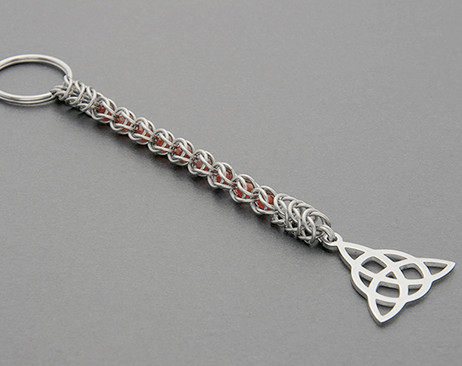
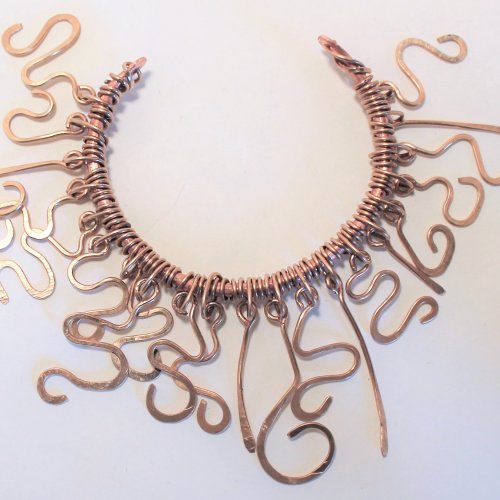
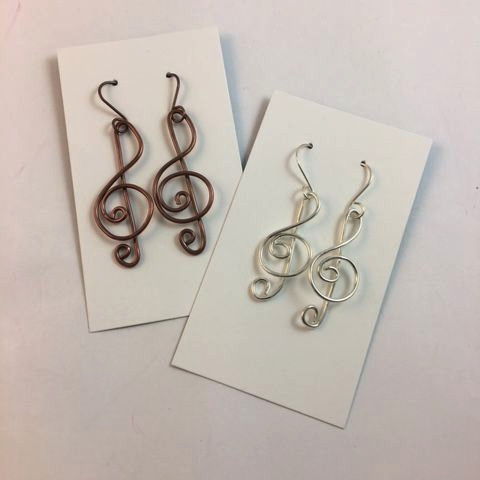


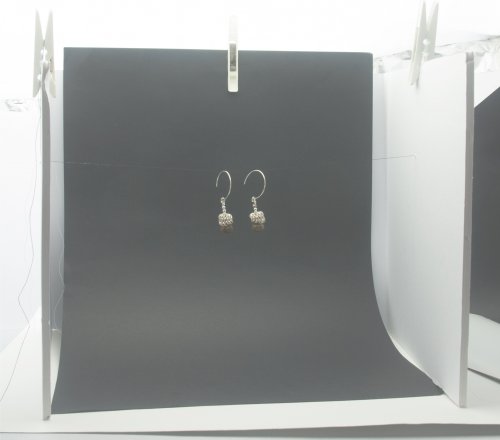

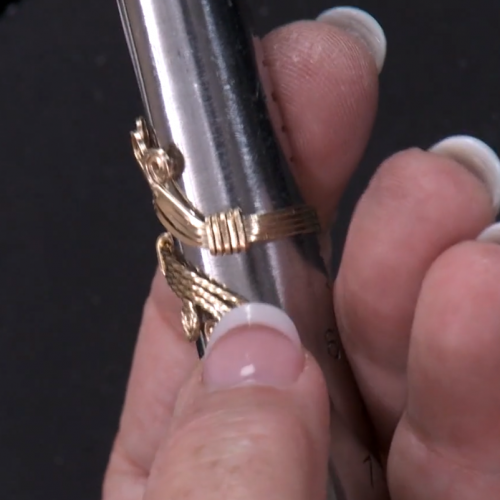

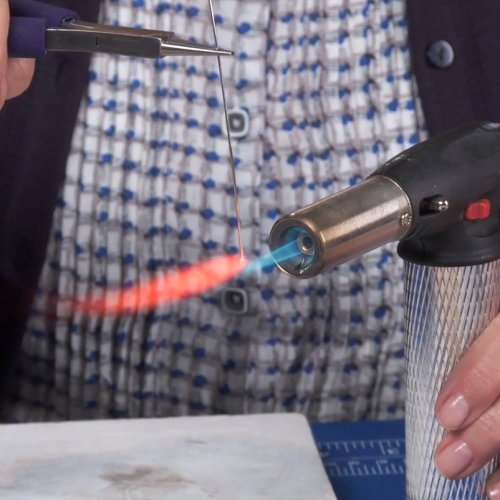
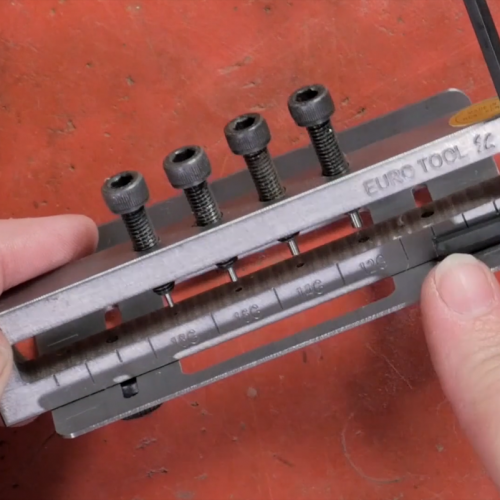
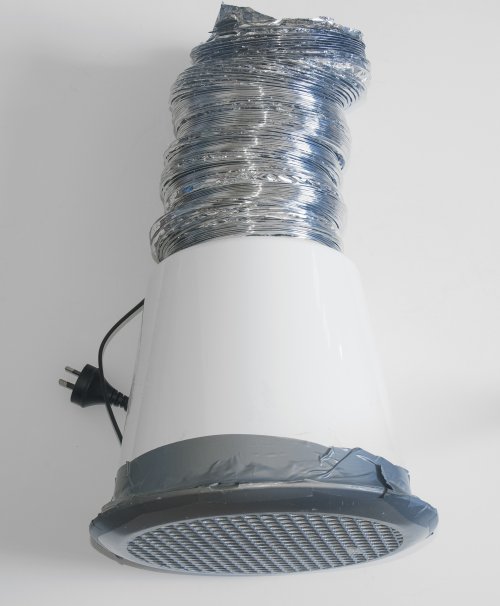
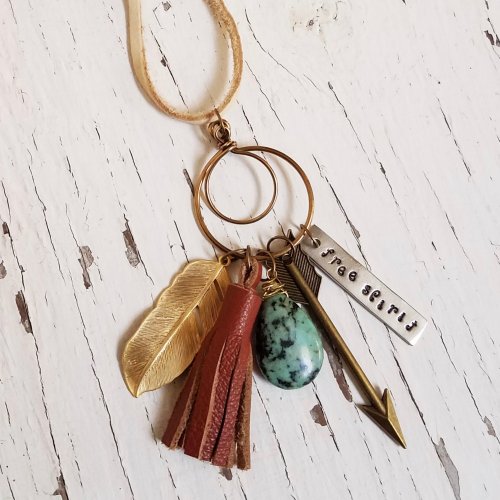
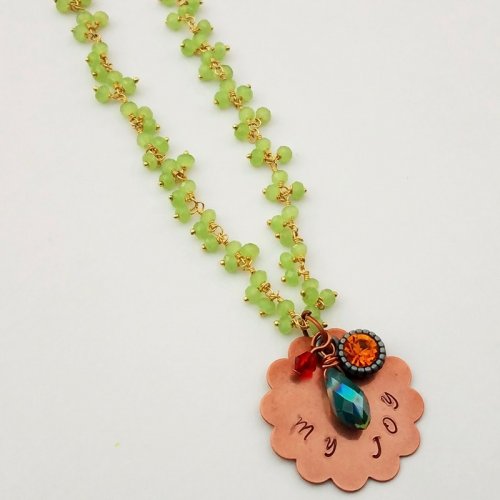
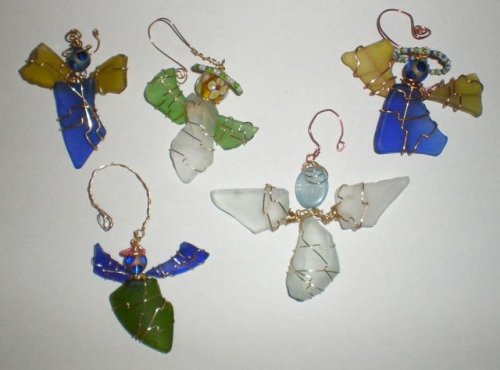
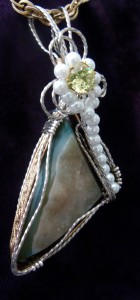
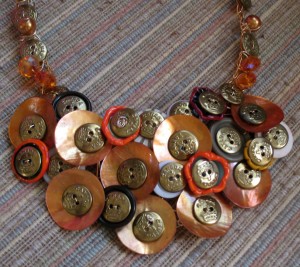
 Getting Twisted - Jewelry Making Tools
Getting Twisted - Jewelry Making Tools How to Price Your Wire Jewelry
How to Price Your Wire Jewelry How to Measure Gemstones for Settings
How to Measure Gemstones for Settings Cool Anklets are HOT
Cool Anklets are HOT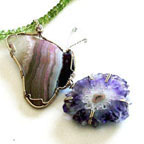 Inspiration Comes from Everywhere and Every Thing
Inspiration Comes from Everywhere and Every Thing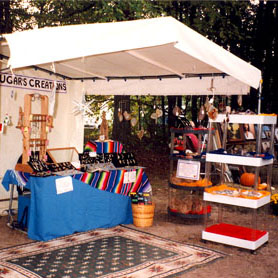 Wire Jewelry Display and Booth Ideas
Wire Jewelry Display and Booth Ideas Where to Sell Your Wire Jewelry
Where to Sell Your Wire Jewelry How to Choose Wire Temper for Making Jewelry
How to Choose Wire Temper for Making Jewelry What Gauge of Wire Should I Use to Make Jewelry
What Gauge of Wire Should I Use to Make Jewelry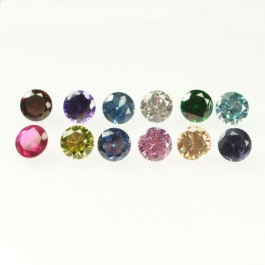 What's a Cubic Zirconia Stone
What's a Cubic Zirconia Stone What Shape of Wire Should I Use to Make Jewelry
What Shape of Wire Should I Use to Make Jewelry Gem Profile- Bloodstone
Gem Profile- Bloodstone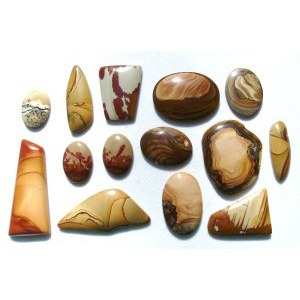 Gem Profile- Picture Jasper
Gem Profile- Picture Jasper Gem Profile- Patterned Jaspers
Gem Profile- Patterned Jaspers Gem Profile- What is Jasper
Gem Profile- What is Jasper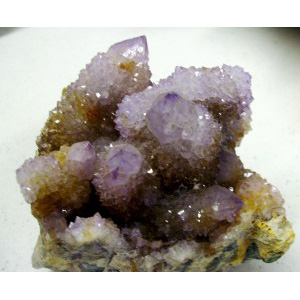 Gem Profile- Quartz Introduction
Gem Profile- Quartz Introduction Gem Profile- Wishful Turquoise
Gem Profile- Wishful Turquoise Gem Profile- Amethyst
Gem Profile- Amethyst Gem Profile- Fluorite
Gem Profile- Fluorite Gem Profile- Obsidian
Gem Profile- Obsidian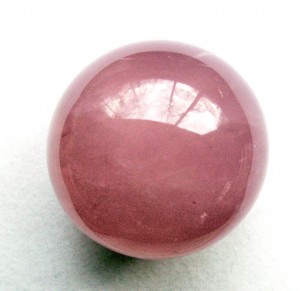 Gem Profile- Rose Quartz
Gem Profile- Rose Quartz Gem Profile- Smoky Quartz
Gem Profile- Smoky Quartz Gem Profile- Citrine and Ametrine
Gem Profile- Citrine and Ametrine Gem Profile- Labradorite
Gem Profile- Labradorite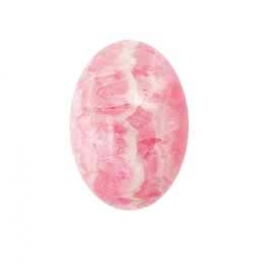 Gem Profile- Rhodochrosite
Gem Profile- Rhodochrosite Gem Profile- Moonstone
Gem Profile- Moonstone Gem Profile- Prehnite
Gem Profile- Prehnite Gem Profile- Jade
Gem Profile- Jade Gem Profile- Amazonite
Gem Profile- Amazonite Gem Profile- Corundum
Gem Profile- Corundum Gem Profile- Quartz with Inclusions Part 1
Gem Profile- Quartz with Inclusions Part 1 Gem Profile- Quartz with Inclusions Part 2
Gem Profile- Quartz with Inclusions Part 2 Gem Profile- Aventurine
Gem Profile- Aventurine Gem Profile- Macrocrystalline Quartz
Gem Profile- Macrocrystalline Quartz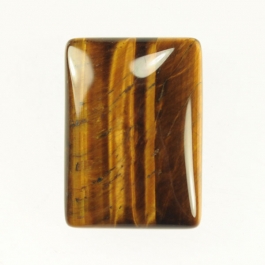 Gem Profile- Tiger Eye
Gem Profile- Tiger Eye Gem Profile- Fire Agate and Iris Agate
Gem Profile- Fire Agate and Iris Agate Gem Profile- Amber
Gem Profile- Amber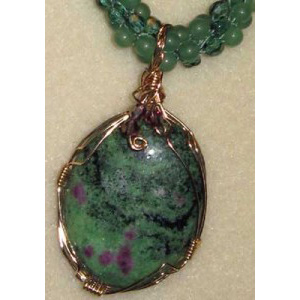 Gem Profile- Ruby Zoisite
Gem Profile- Ruby Zoisite Gem Profile- Ruby Fuchsite
Gem Profile- Ruby Fuchsite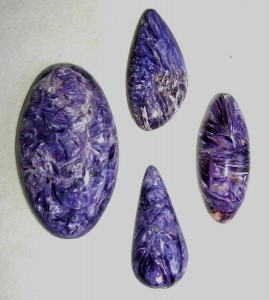 Gem Profile- Charoite
Gem Profile- Charoite Gem Profile- Moldavite
Gem Profile- Moldavite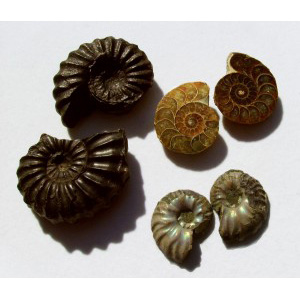 Gem Profile- Ammolite
Gem Profile- Ammolite Gem Profile- White Precious Opal
Gem Profile- White Precious Opal Gem Profile- Opalized Fossils
Gem Profile- Opalized Fossils Gem Profile- Boulder Opal
Gem Profile- Boulder Opal Gem Profile- Black Precious Opal
Gem Profile- Black Precious Opal Gem Profile- Pyrite
Gem Profile- Pyrite Gem Profile- Opal Introduction
Gem Profile- Opal Introduction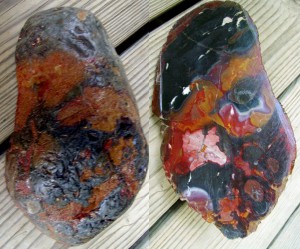 Gem Profile- Beautifully Colored Jasper
Gem Profile- Beautifully Colored Jasper Gem Profile- Common Opal
Gem Profile- Common Opal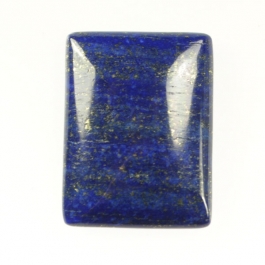 Gem Profile- Lapis Lazuli
Gem Profile- Lapis Lazuli Wire Sculpture Expert Dale -Cougar- Armstrong Interview
Wire Sculpture Expert Dale -Cougar- Armstrong Interview

